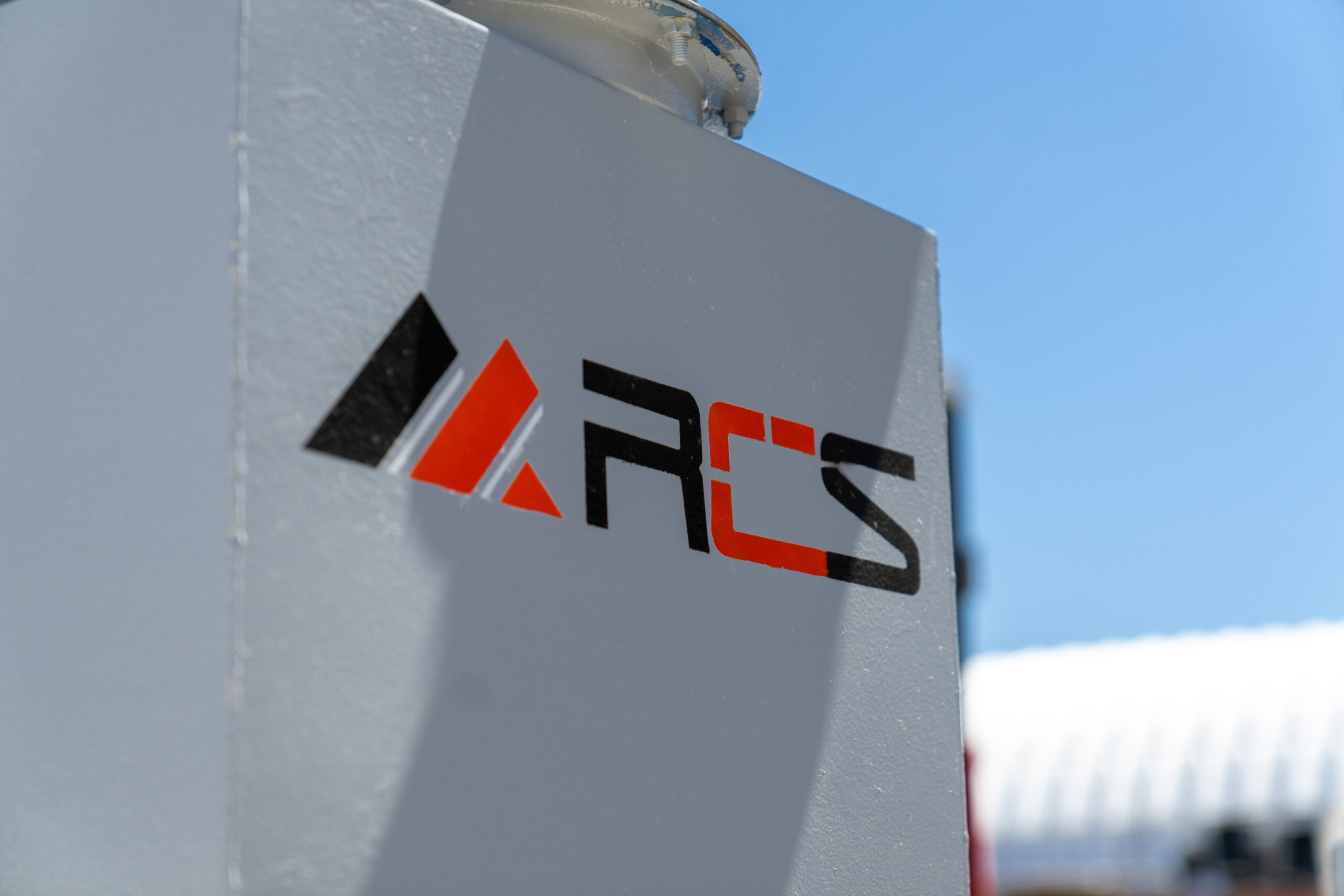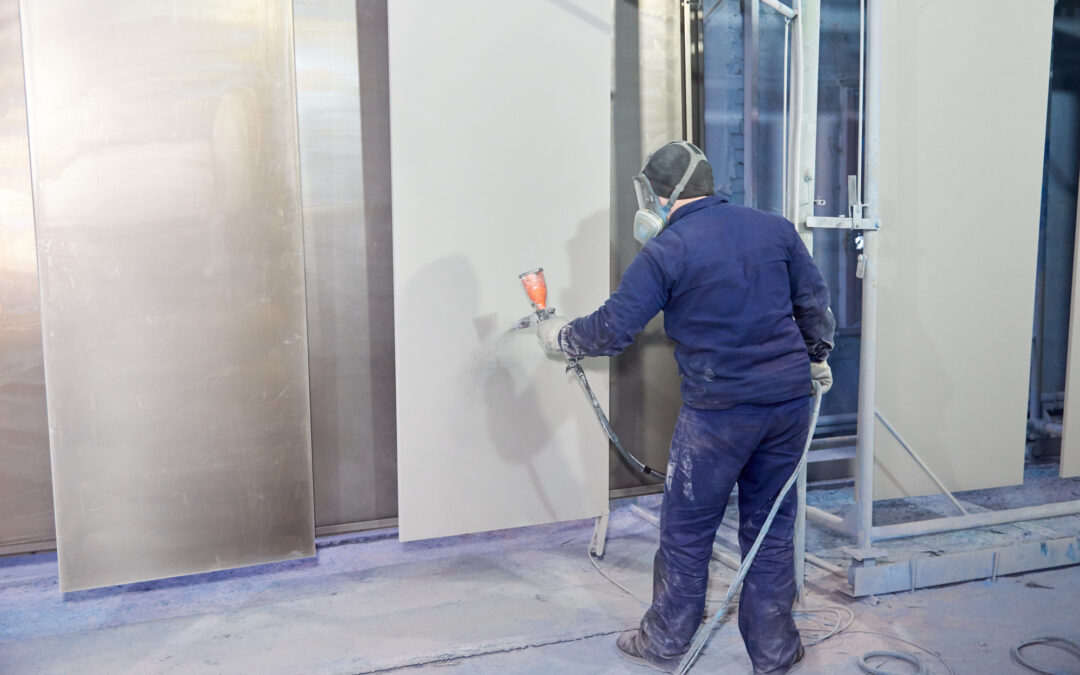Accuracy and precision are paramount for industrial heaters, boilers, and furnaces. These complex systems have little room for error, and traditional fastening methods are often insufficient for installation and repairs.
Hydraulic torquing and tensioning are two solutions designed to offer more control and consistency. But which one is best? In this blog, we will delve into what each method is and where they are best utilized.
What is Hydraulic Torquing?
Hydraulic torquing involves using a hydraulic torque wrench to tighten bolts and fasteners. In this method, hydraulic fluid powers the wrench to generate the required force for tightening. This allows the user to fasten the parts with greater strength and precision than tightening the bolt by hand. This allows for:
- Faster and more consistent outcomes
- Reduces the risk and damages associated with over-tightening and under-tightening.
- Safer and more secure connections that meet exact standards
What is Hydraulic Tensioning?
Hydraulic tensioning employs a hydraulic tensioner to apply axial force to stretch or shorten a bolt before the nut is tightened. Once the nut is tightened, the pressure is released. Then the bolt contracts or expands back to its original shape to create a tight seal.
Hydraulic tensioning allows for uniform load distribution, reduced friction, and high accuracy. By stretching the bolt, the method ensures that the force is evenly distributed across the joint, minimizing weak points. It also avoids issues like torsional stress during the tightening process.
Hydraulic Torquing Vs. Tensioning
Choosing between hydraulic torquing and tensioning often depends on your specific project requirements. Both methods offer distinct advantages, and the optimal choice can vary depending on various factors. Here are some considerations to make when you choose between the two.
- Materials. Some metals expand or contract significantly with temperature changes. Tensioning is often more effective on materials that have high amounts of thermal expansion, as the axial force applied can accommodate these changes without compromising the integrity of the fastening.
- Number of Fasteners. In large flange joints typical in boilers and furnaces, achieving uniform load distribution across all bolts is critical. Hydraulic tensioning stretches the bolts uniformly, ensuring that each bolt shares the load equally.
- Accessibility. If you’re working on a boiler or furnace with limited access or tight spaces, hydraulic torquing might be the more practical choice due to its easier setup and smaller equipment profile.
- Vibration and External Forces. Torque methods may be less effective in maintaining a secure joint over the long term in environments with significant vibration and other external forces. Tensioning offers a more consistent and uniform bolt preload, and it can be more resilient under such conditions.
- Turnaround Time. Hydraulic torquing is quicker to set up and execute compared to hydraulic tensioning. If you are on a tight schedule, this could be a decisive factor. However, remember that the speed of installation should not compromise the integrity and safety of the boiler or furnace.
- Post-Installation Factors. If the system will require frequent maintenance or adjustments, torquing could be preferable. It’s easier to re-torque a bolt than to re-tension it, especially when frequent disassembly and reassembly are expected.
Let RCS Take the Guesswork Out of Hydraulic Torquing vs. Tensioning
Hydraulic torquing and tensioning are among the many specialty welding services that we offer. Our experts will provide the best industry standard solution to fit your needs. Contact us today for a full range of turn-key solutions.





